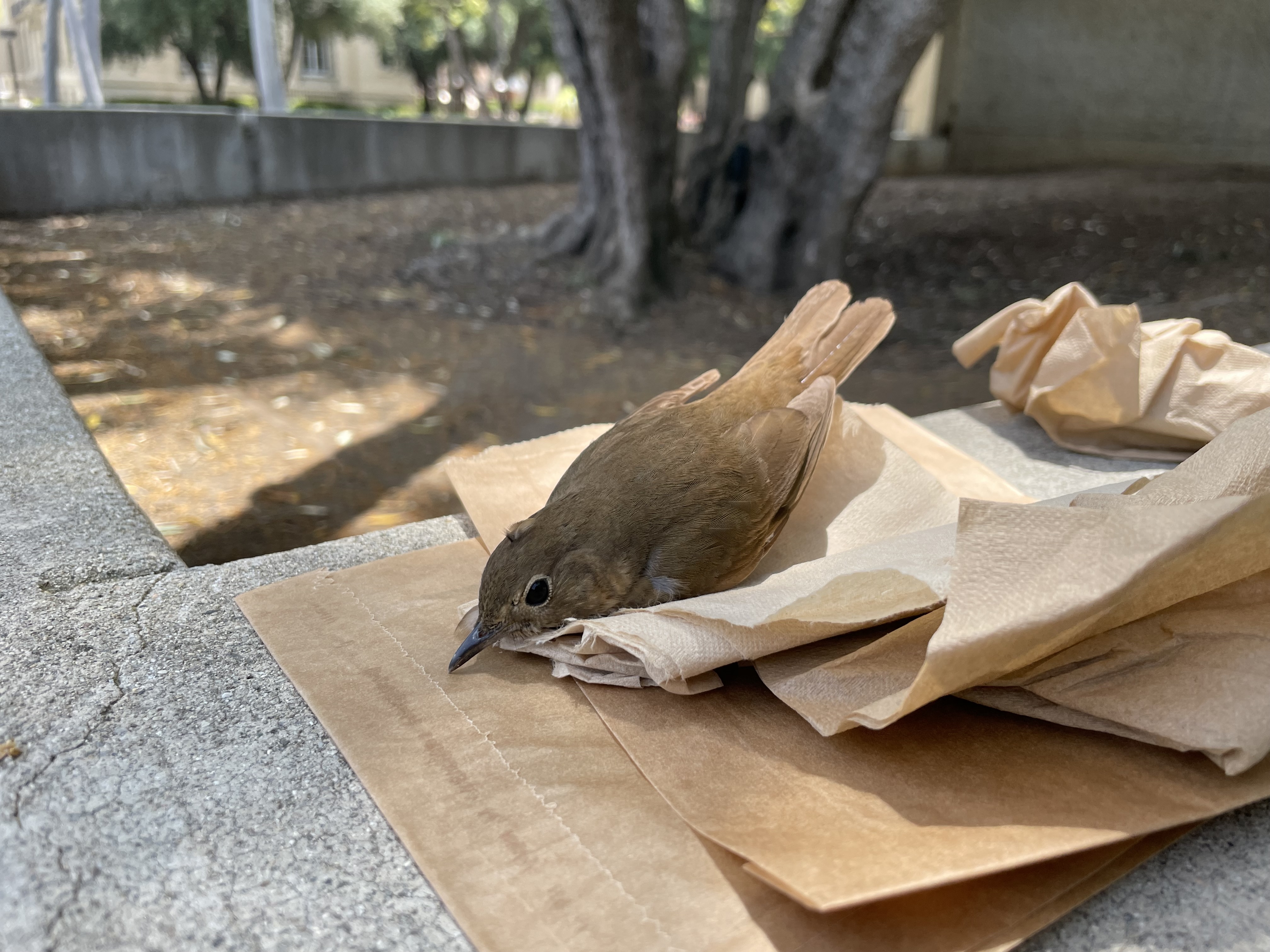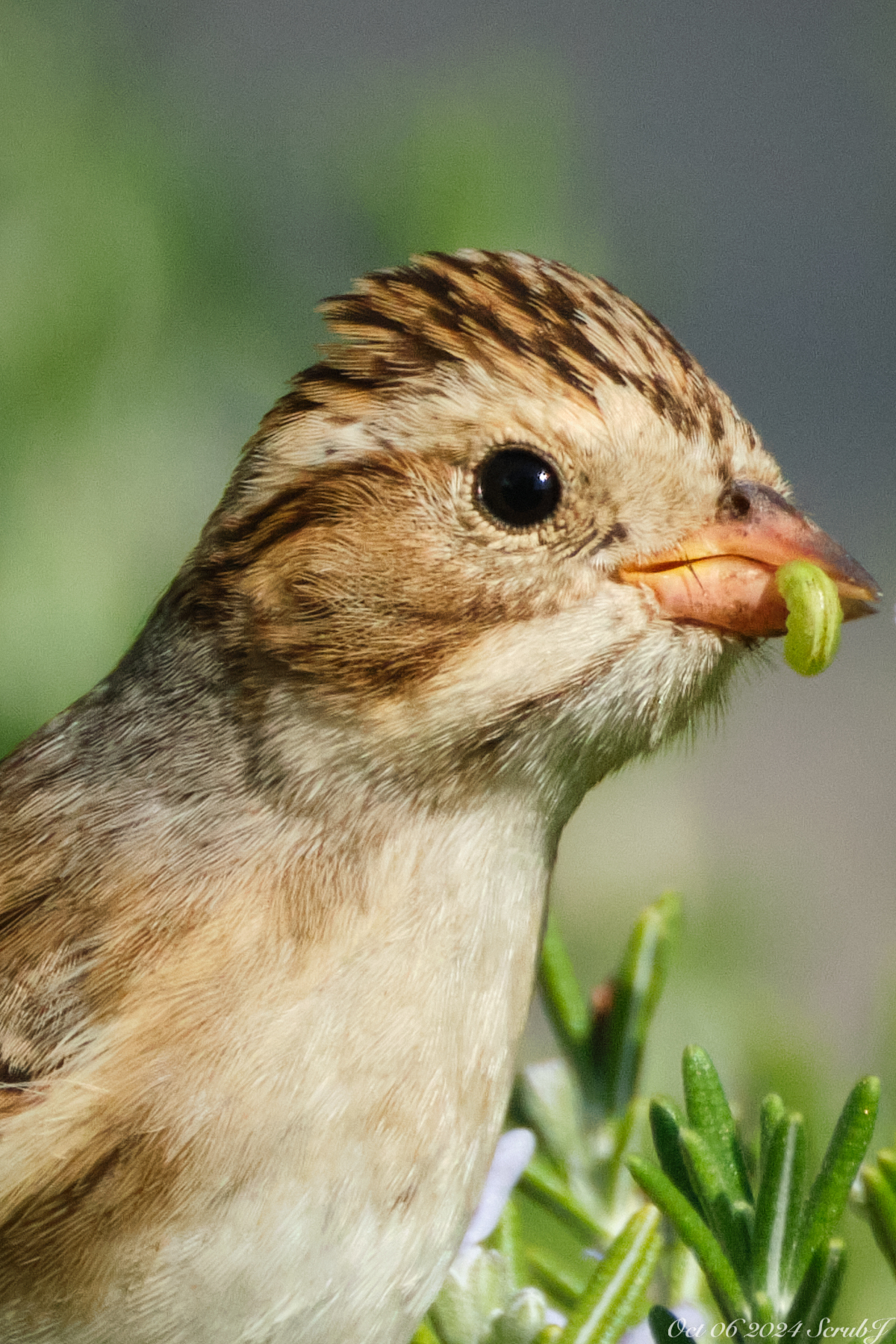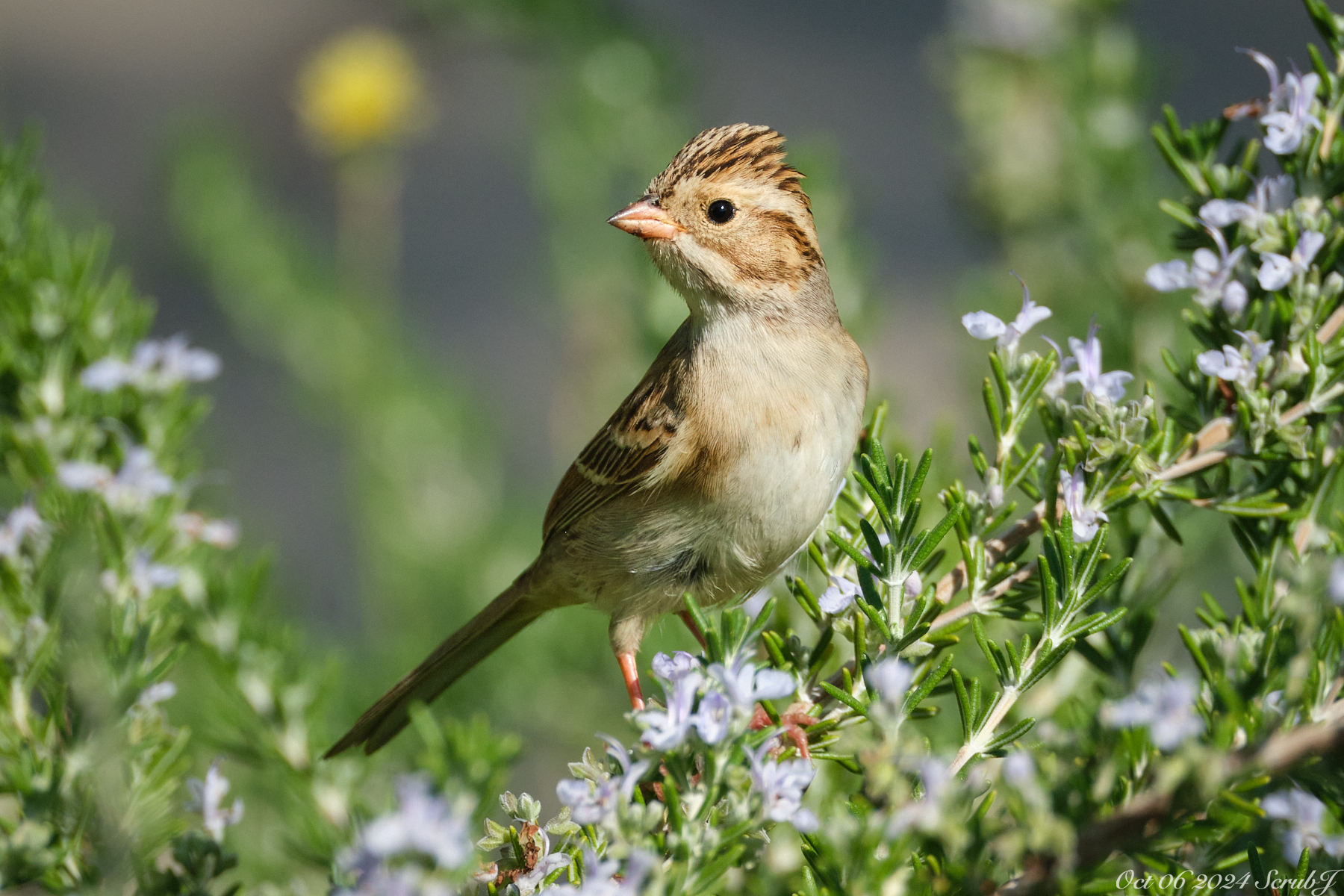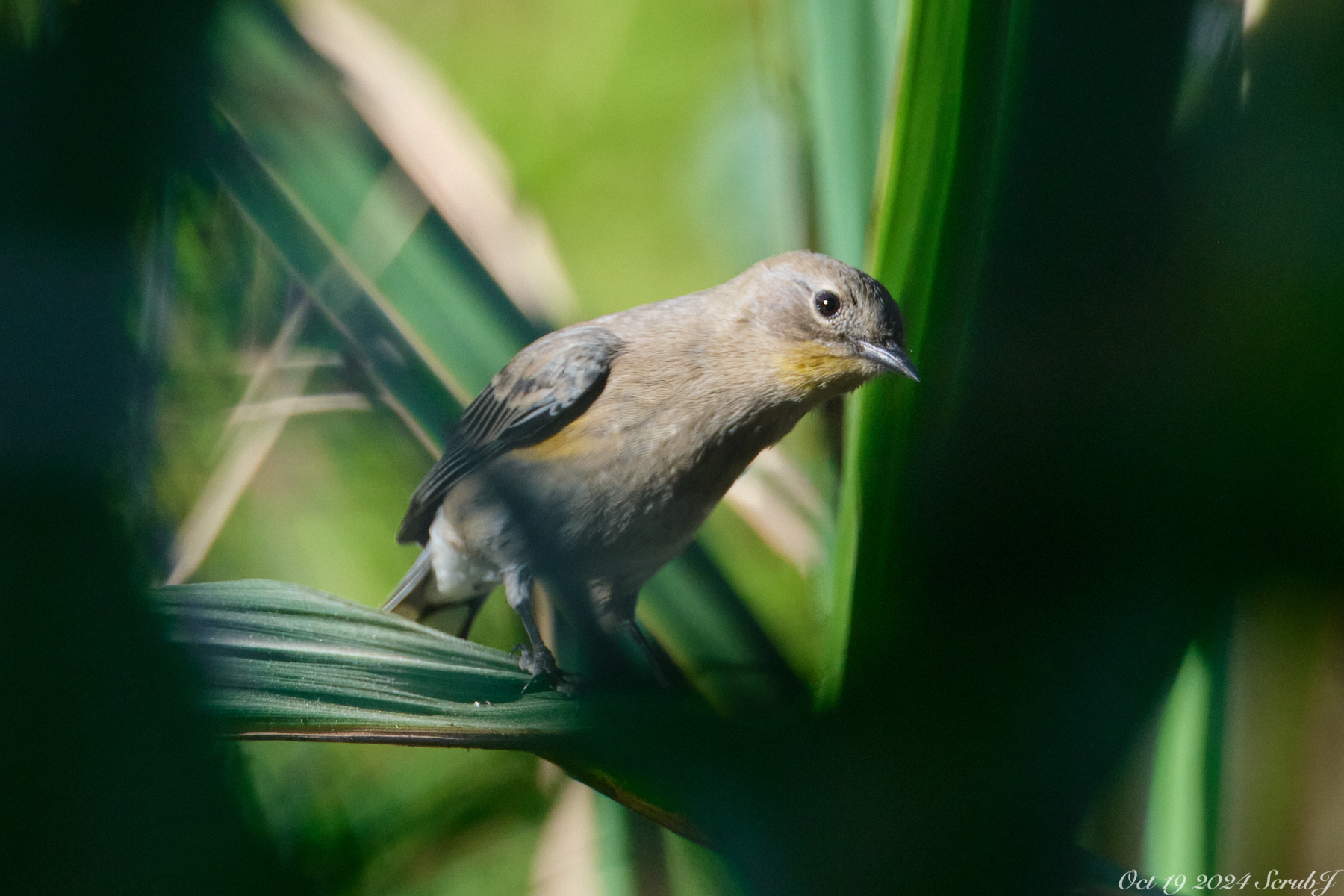Caltech Wildlife: The Migrators
Spring at Caltech is a season of rapid transformation. Step away for just a few days, and you’ll return to a campus bursting with changes: the once-bare branches are now decorated with colorful flowers. The drastic changes aren’t limited to flora – migrating wildlife also contributes to the seasonal dynamics.
Migration is one of nature’s greatest mysteries. California lies in the heart of a major migration corridor through the Americas, making Caltech a special stopover for many migrators. Take the monarch butterfly, America’s national butterfly, which passes through Caltech on its long journey. The monarchs we see are just one of the many generations completing a migration that spans thousands of miles—a relay race across vast time and space.
As students return from spring break, some of Pasadena’s winter bird residents prepare for their own departure. For example, the cheerful chirps of yellow-rumped warblers, a familiar winter soundtrack on campus, will trickle out as they head north for the breeding season.
One day, while walking past the shrubs near Broad Café, I noticed a sparrow darting in and out. I casually snapped a few photos and shared them on a local birding forum by the Pasadena Audubon Society, which, to my surprise, triggered puzzled discussion among even the most experienced birders. Eventually they identified it as a clay-colored sparrow—a species well outside its usual range (the Midwest). For a moment, this little bird had made Caltech a stop on its long journey. Who would have thought that a random bush in the city could host such rare travelers?
Yet, migration could be filled with sad accidents, as one of the biggest threats birds face in cities is window collisions. Birds traveling at high speeds might mistake reflective glass for the sky, and such mistakes could have devastating consequences.
Last spring, as I was walking past the Red Door Café around lunchtime, I nearly stepped on a small brown bird lying in the middle of the busy courtyard. It lay belly-up on the hot pavement and was unnoticed by the stream of passerbyssby. I rushed inside the Cafe for a brown sandwich bag and some tissue paper. As I wrapped the bird in my hands, its tiny black eyes flickered open for a second and shut tight, and it slipped into unconsciousness.
With the help of my friends in the biology lab, I got a pair of latex gloves and placed the bird in a quiet and dark space—a mixing bowl covered with a piece of cardboard—to give it time to recover. As I looked at it closely, I gasped at its delicate feathers, fine as threads from a miniature harp. It was a Swainson’s Thrush, an immigrant from South America making its way north for the breeding season. Imagine traveling thousands of miles only to be knocked out by an invisible wall!
Fortunately, after a few hours of rest, my thrush patient regained its strength, fluttered its wings, and continued its journey. But many birds aren’t so lucky. Window collisions kill more than a billion birds each year in the United States alone. I have personally witnessed at least four such incidents on campus, and friends have reached out after finding stunned birds lying on the ground. Each time I picked up a tiny fragile body—light as if it was a sigh of nature—I felt a heavy weight in my heart.
If you ever come across a stunned bird on campus, you can help. Contact the Pasadena Humane Society’s Wildlife Hotline at (626) 792-7151 for instructions and resources. A simple intervention could save a life.




All photos courtesy of Jieyu Zheng